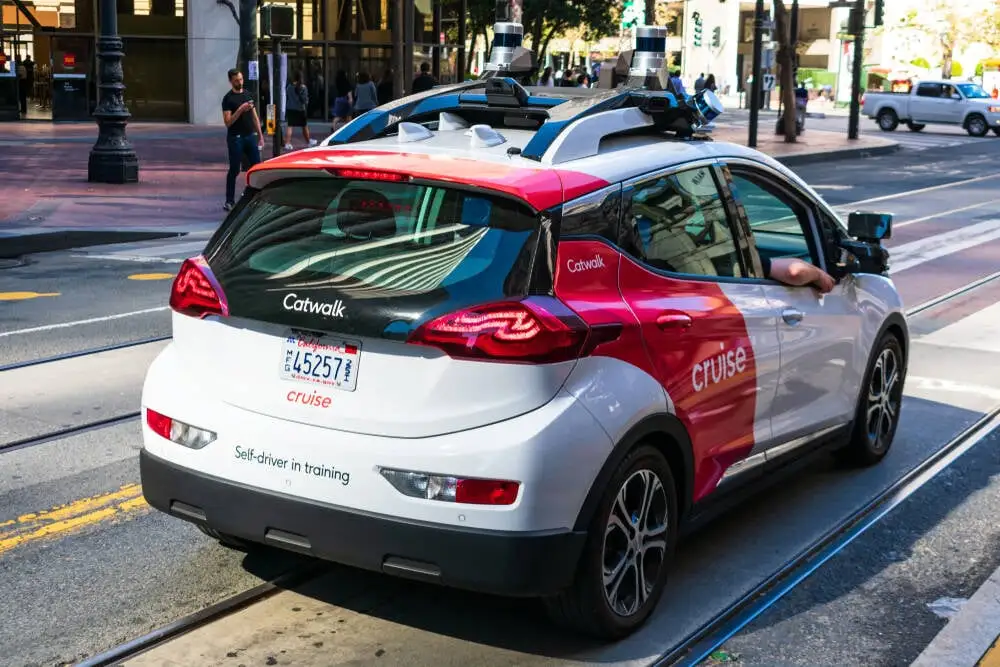Human knocks down woman in hit-and-run. Then driverless Cruise car parks on top of her, Victim in critical condition
Human knocks down woman in hit-and-run. Then driverless Cruise car parks on top of her, Victim in critical condition

www.theregister.com
Driverless Cruise car runs over woman hit by another driver
